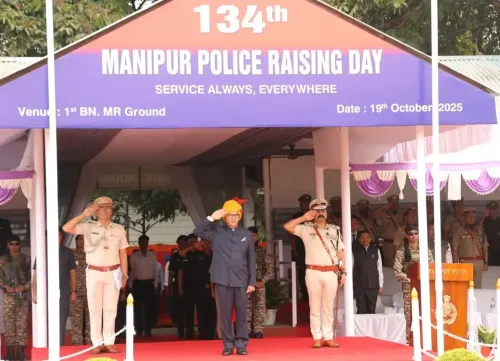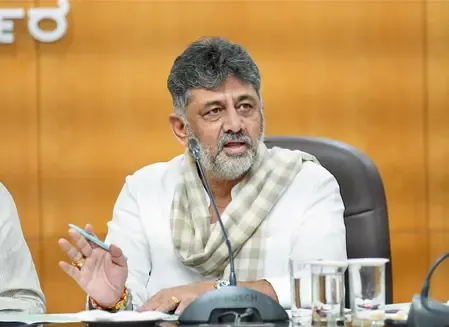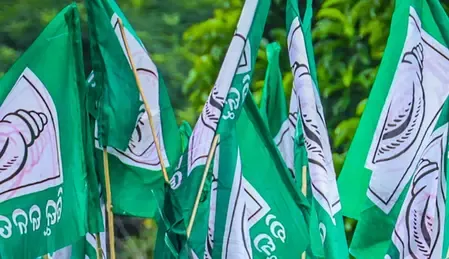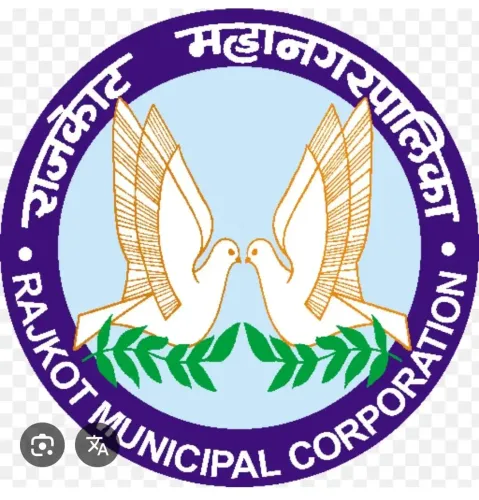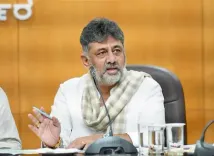Is the RBI Planning Another Policy Rate Cut Before Year-End?
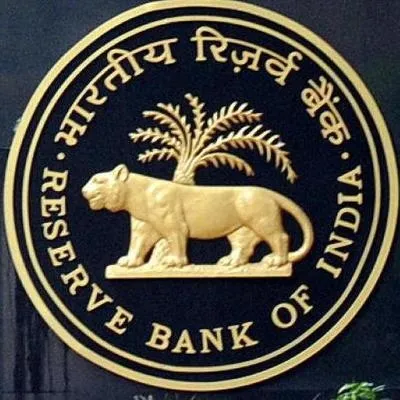
Synopsis
Key Takeaways
- RBI likely to cut policy rates again this year.
- India’s inflation rate is at a historic low.
- External pressures include US tariffs and immigration costs.
- GDP growth projection revised up to 6.8% for 2025-26.
- Strong rural demand supports economic resilience.
Mumbai, Oct 19 (NationPress) The Reserve Bank of India (RBI) is anticipated to implement yet another policy rate cut before the year's conclusion. This move, in conjunction with fiscal consolidation and the easing of domestic regulations, is expected to gradually enhance credit demand, as detailed in a recent report by Goldman Sachs.
According to the report, "We foresee an additional policy rate cut before the end of the year, and the recent simplification of GST indicates that the peak of fiscal consolidation is behind us. We anticipate that this, paired with the easing of domestic regulations, will promote a gradual recovery in credit demand."
The findings highlight that the recent initiatives introduced by the RBI are likely to improve supply-side credit conditions; however, the level of additional lending will hinge on the broader economic demand.
India's outlook continues to face external challenges, including rising costs associated with US immigration for H-1B visas impacting the Indian IT industry, along with high US tariffs on Indian products. These elements could dampen credit demand amidst wider macroeconomic uncertainties, the report cautions.
As of September this year, India's inflation rate, measured by the Consumer Price Index (CPI), has declined to a record low of 1.54 percent in over eight years. This scenario offers the RBI greater latitude to focus on lowering the policy rate and injecting liquidity into the economy to stimulate growth.
The RBI has revised its forecast for India's GDP growth to 6.8 percent for 2025-26, up from a previous estimate of 6.5 percent, owing to the implementation of various growth-promoting structural reforms, including the streamlining of GST, which is expected to mitigate some of the adverse effects stemming from external pressures, as stated by Reserve Bank Governor Sanjay Malhotra earlier this month.
He also noted that India's GDP recorded a strong growth of 7.8 percent in Q1:2025-26, fueled by robust private consumption and fixed investments. On the supply side, a growth in gross value added (GVA) of 7.6 percent was driven by a resurgence in manufacturing and steady service sector expansion. Current high-frequency indicators suggest that economic activity remains resilient, with strong rural demand bolstered by favorable monsoon conditions and vigorous agricultural performance, while urban demand is slowly recovering, as emphasized by the RBI Governor.

